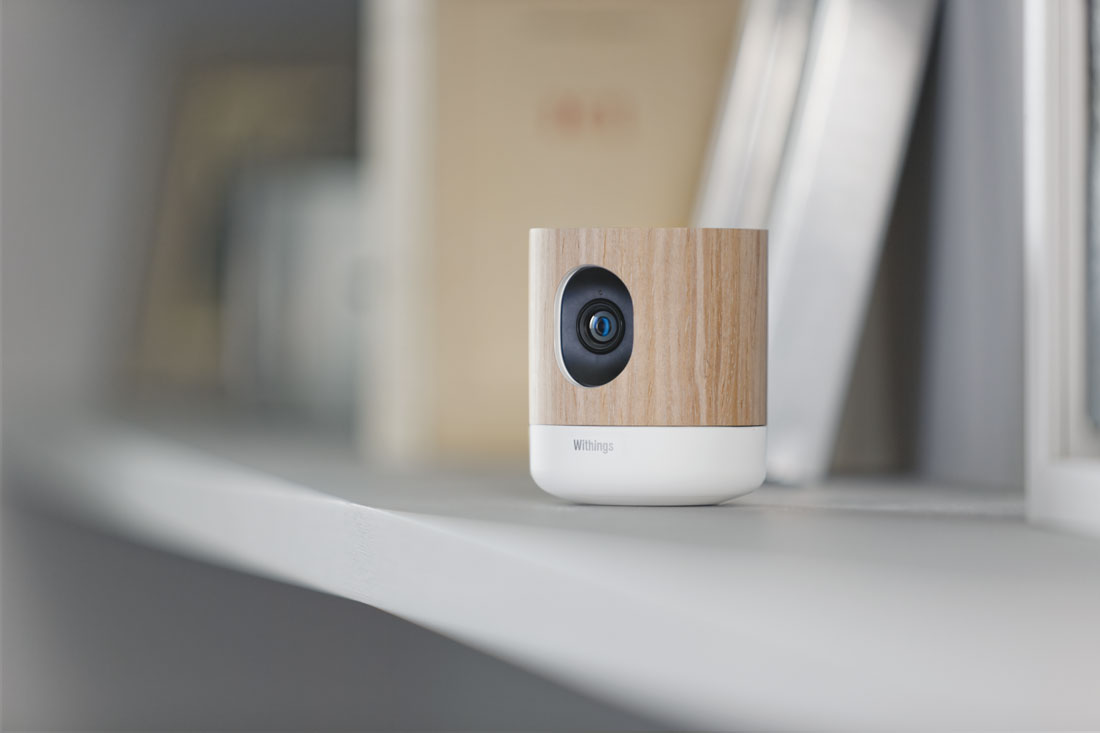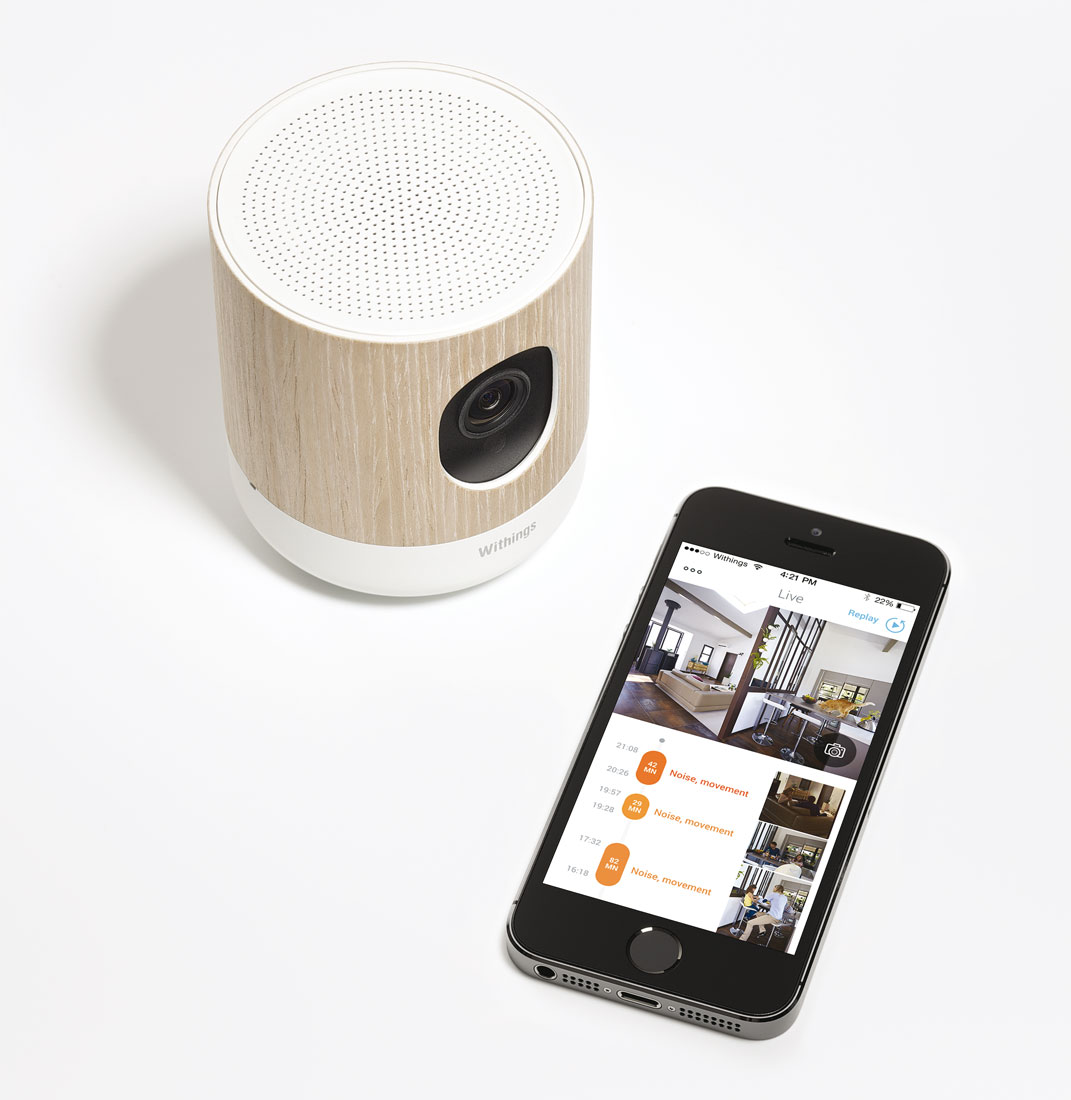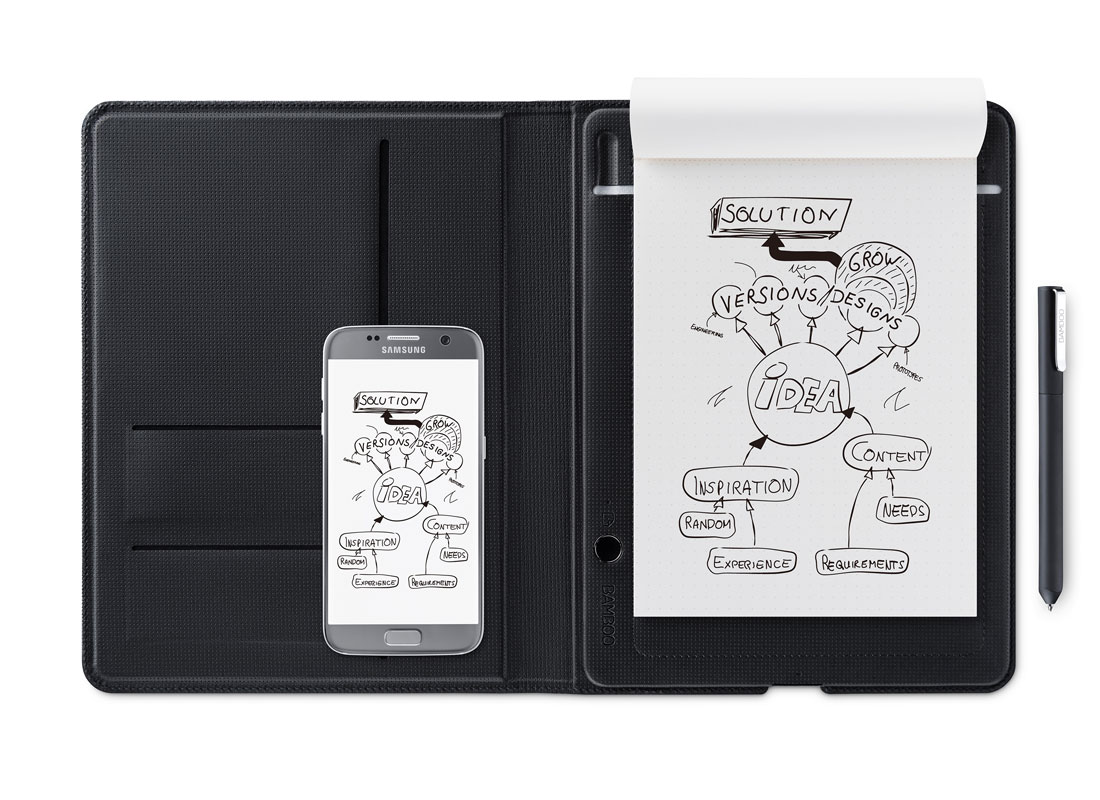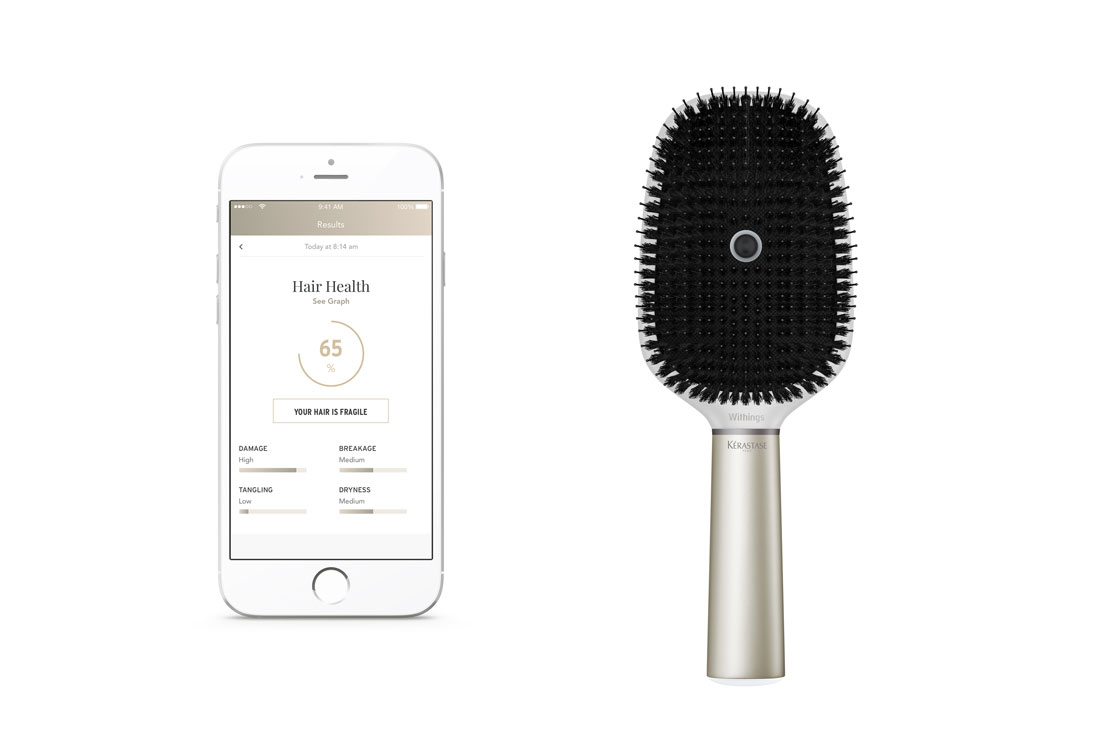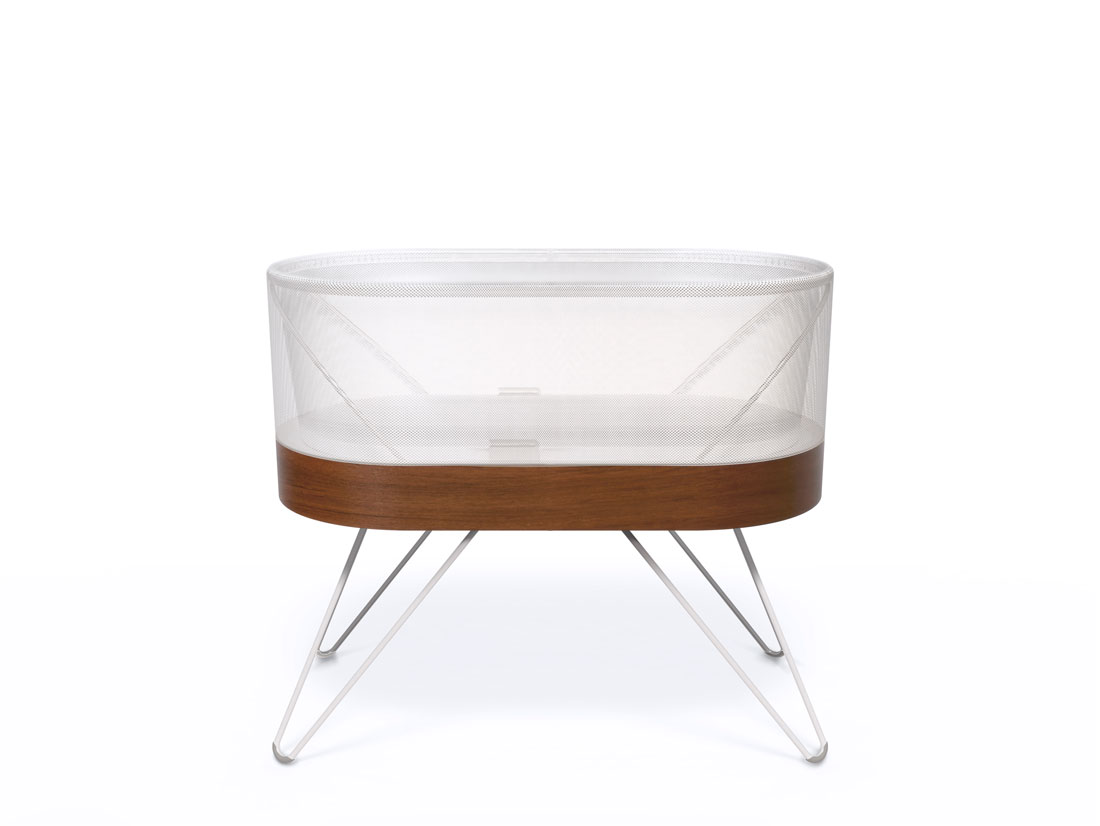Personal items and accessories are, and will increasingly be, a bridge between the physical and digital worlds. And industrial design is facing a challenge with an upcoming future where the phygital (physical plus digital) dimension will prevail – where objects and people will live increasingly connected existences. First to be strengthened is our sensory sphere (and connectivity-based learning systems are being investigated), so for example headphones used for listening to music or gaming are able to interact with the sound of the environment where we find ourselves, enabling us to choose the direction of origin of the audio signals as in an augmented reality scenario.
This reference to virtuality can also be found in products such as the screen door of a refrigerator whose sensors only reveal the fridge’s contents to an approaching person and which also works commercially as an effective advertising display.
Apart from the spectacularisation of technology and in order to smooth the management and organisation of daily life, smart objects also help to solve the small problems of everyday surveillance. So the camera offers live streaming to smartphones to enable you to monitor the rooms of your house, communicating with the home and the user’s entire “technological park”.
Personal care will also rely on sensors and artificial intelligence, broadening the spectrum of its applications from medical devices to the wellness area: for example, a hair brush will be able to analyse the state of your health through an app, or take the smart watch which is used by many to monitor physical condition, setting new standards with a decidedly more reassuring look than when it first appeared.
As we have seen, automation systems increasingly support the daily routine, providing an instant response to specific needs as and when they occur – design on a more human scale. Like the Fuseproject cradle, developed with a well-known American pediatrician, an expert in the sleep of newborns: this is programmed to rock the baby when sensors and microphones detect it is crying. And again, a concrete example of the “internet of things” at the service of health is the award-winning (Adi index 2016) smart device designed by the Smart Labs Design Group Italy, for taking medicines at established times. You carry this with you and it connects patient, physician and chemist through the internet.

